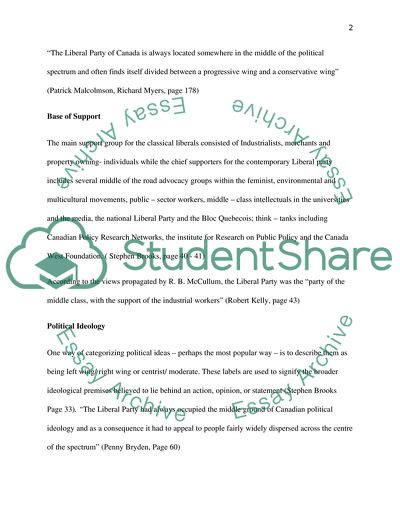Cite this document
(“The Liberal Party of Canada Essay Example | Topics and Well Written Essays - 1500 words”, n.d.)
Retrieved from https://studentshare.org/miscellaneous/1546841-the-liberal-party-of-canada
Retrieved from https://studentshare.org/miscellaneous/1546841-the-liberal-party-of-canada
(The Liberal Party of Canada Essay Example | Topics and Well Written Essays - 1500 Words)
https://studentshare.org/miscellaneous/1546841-the-liberal-party-of-canada.
https://studentshare.org/miscellaneous/1546841-the-liberal-party-of-canada.
“The Liberal Party of Canada Essay Example | Topics and Well Written Essays - 1500 Words”, n.d. https://studentshare.org/miscellaneous/1546841-the-liberal-party-of-canada.


